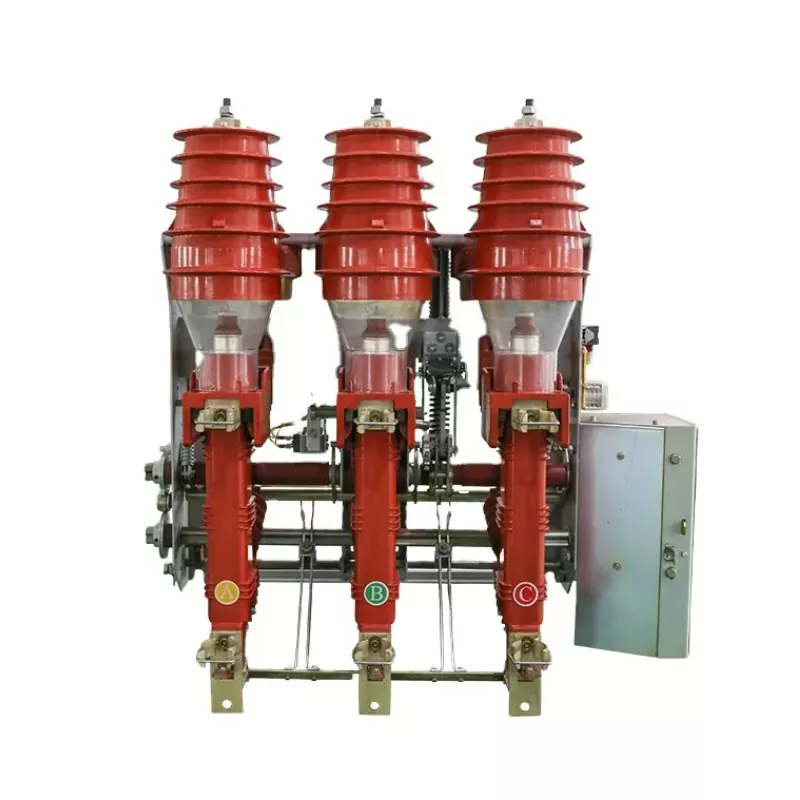What Factors should be Considered When Selecting the Contact Material of the Disconnect Switch?
2025-04-24
The disconnect switch is a device used to establish a visible disconnection point in an electrical circuit, which includes functions such as safe isolation, load switching, and short-circuit current carrying. As the core component of current switching, the material selection of the contact needs to comprehensively evaluate the electrical performance, mechanical strength, and environmental adaptability.

Electrical conductivity is the first factor to be considered when selecting the contact material of the disconnect switch. Highly conductive materials can reduce the Joule heating effect, but their resistance to arc ablation needs to be balanced. Therefore, it is necessary to select materials with high melting points and high thermal conductivity to ensure rapid heat dissipation and inhibit metal evaporation.
Operating the switch for a long time may cause problems such as the breakage of the disconnect switch contact, so the hardness of the material also needs to be considered. The contact is subjected to impact loads during the opening and closing process, and the material hardness needs to be able to resist deformation while maintaining moderate toughness to avoid brittle cracking. Wear caused by repeated operation will increase the contact resistance, and the friction coefficient and wear resistance indicators need to be combined when selecting materials.
Environmental tolerance of materials is the basis for stable operation. Disconnect switch contacts in coastal or industrial pollution areas need to be resistant to sulfidation and salt spray corrosion.
Cost performance is also a factor to consider when selecting materials. Precious metal composite disconnect switch contacts are more expensive than copper-based materials, but can extend the electrical life to 20 years, making them suitable for distribution networks with frequent operations.




